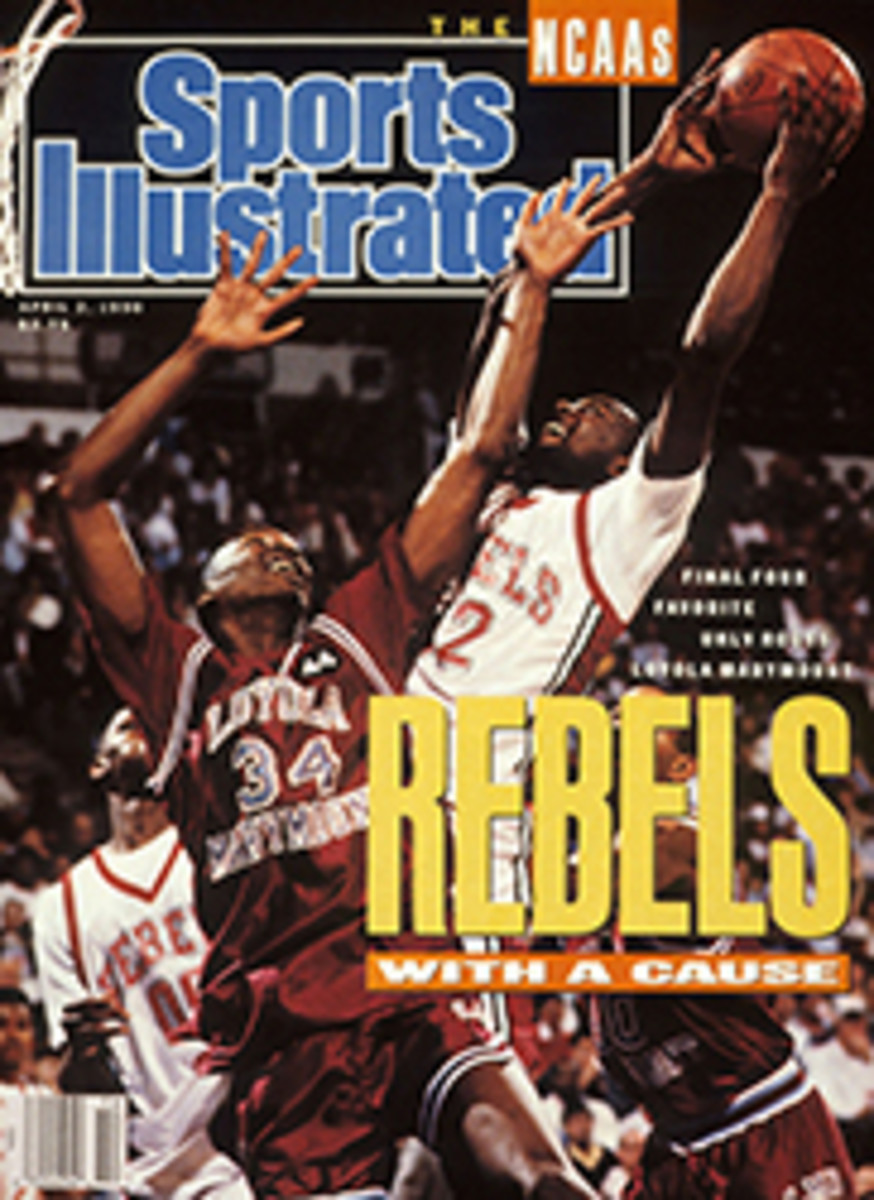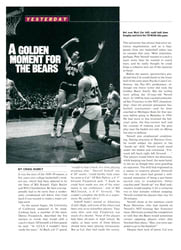
NO PLACE FOR POM-POMS
Don MacLeod handles overnight letters nearly every day, but the envelope he received last week is one he will never forget. The return address read, "1600 Pennsylvania Avenue, The White House." Inside was a letter from President Bush stating that the American people will be rooting for another "Miracle on Ice."
Is this an Olympic year already? No, not really. MacLeod, a courier for Federal Express full time and coach of the Northeastern University women's ice hockey team on the side, moonlights as coach of the U.S. women's hockey team, which last week played in the first International Ice Hockey Federation Women's World Championship, in Ottawa. The round-robin tournament featured teams from the U.S., Canada, Finland, Japan, Norway, Sweden, Switzerland and West Germany.
"I have run off copies of the President's letter and put them in envelopes, and I'll give them out," MacLeod said before Sunday's championship game. "I'm going to use some of the President's words about togetherness in my pregame talk and see if they will work."
Knute Rockne he may never be. The U.S., the underdog against a strong Canadian team, lost 5-2 at the Civic Centre before a near sellout crowd of 8,784 and had to settle for the silver medal. Finland, which lost to both the U.S. and Canada by one goal earlier in the week, beat Sweden 6-3 for the bronze.
Women's hockey is not the pajama party you might imagine. In the mid-1970s, when many U.S. college programs started, some women arrived for tryouts in figure skates with pom-poms on them or even carried their equipment in pillow cases embroidered with ballerinas. Now they know how to play the game. Their breakout plays are the same ones used in the NHL, their passes are short and crisp, their skating strong and their puckhandling skills extraordinary. "I've had some men's coaches say to me during warmups, 'What do you do on the ice? You're girls,' " said U.S. assistant coach Karen Kay. "Once they see us, they say we do the same things as the men. It's hockey. It's skills."
And as with the men, it's hitting. Just ask U.S. team captain Tina Cardinale, whose right forearm and elbow were a mass of purple-and-blue welts, courtesy of a slash early in the tournament. Canada's France St.-Louis spent three days in a hospital after taking a stick across the throat, and Finland's Kirsi Hirvonen was carried away with a neck injury after being cross-checked.
Bodychecking in women's hockey is illegal in the U.S., but tournament rules allowed for full-contact checking with certain limitations along the boards. That did not present much of a problem for a U.S. team whose members ranged in age from 17 to 30 and included high school and college players, a law student and a construction worker.
"They're tougher creatures than we ever gave them credit for," said MacLeod. "Lauren Apollo [6 feet, 170 pounds], she'd like to rip the building down. Shawna Davidson 15'9", 170], she's tough as nails. Most of the girls like the hitting."
A good thing, because the U.S. needed to be tough to keep up with Canada in the final. Despite their hot-pink uniforms, the Canadians proved to be a rugged, physical team. The Americans started strongly, taking a 1-0 lead 2:25 into the game on a goal by Cindy Curley, the tournament's high scorer. Davidson added to the U.S. lead by banging in her own rebound almost 14 minutes later. But then the Canadians scored five straight goals to win the gold medal.
The success of the tournament bodes well for the future of women's hockey. The IOC is considering a proposal to give the sport Olympic status by 1994, and the IIHF plans to hold a world championship every four years, beginning in '92. Until then, the U.S. team will have to be satisfied with a silver medal—and a greeting from the President.
PHOTO
DAVID E.
KLUTHO
Bodies went flying when Canada homed in on the U.S. goal.

